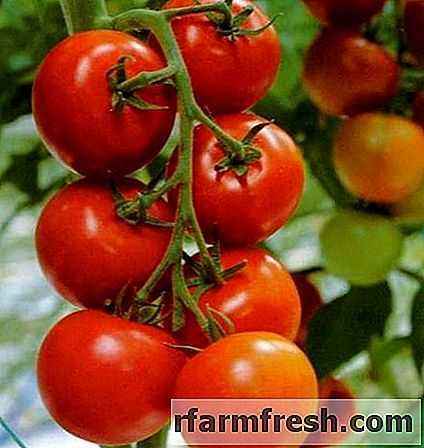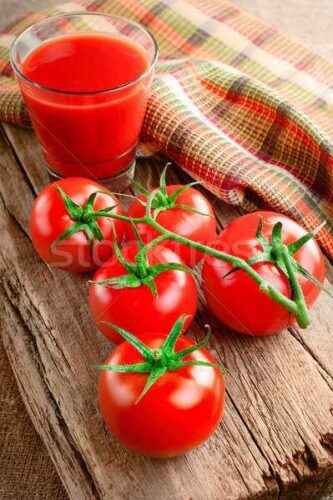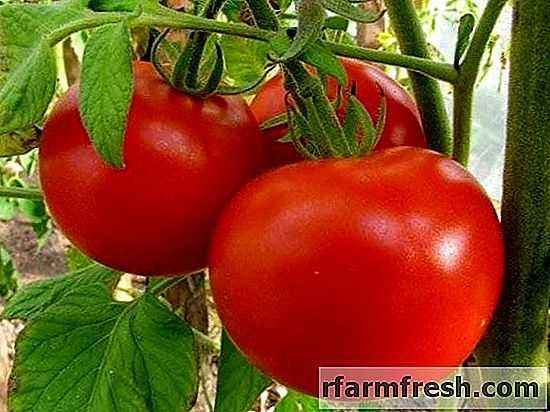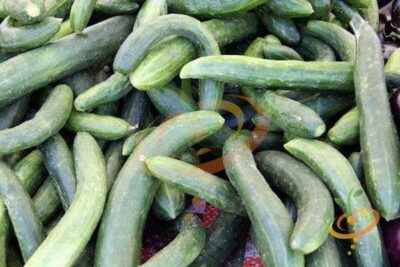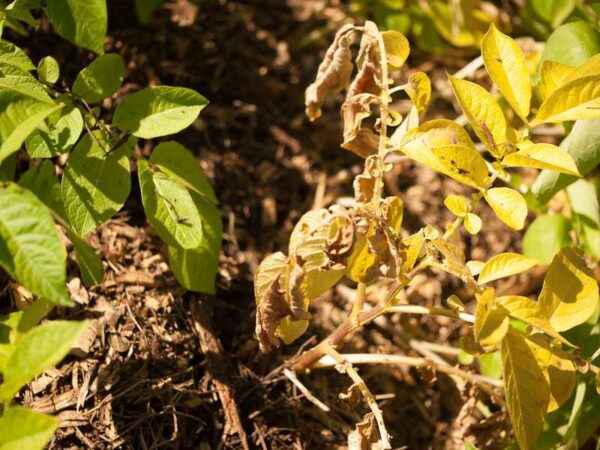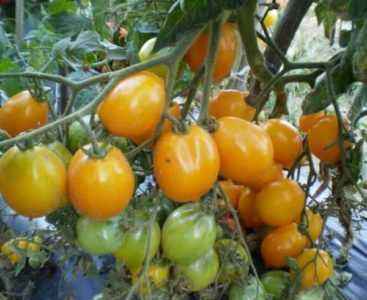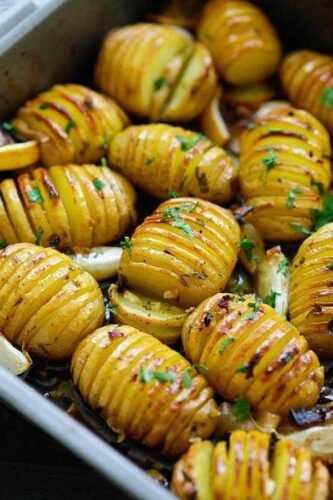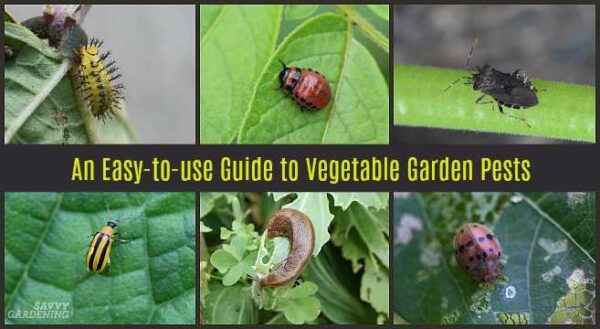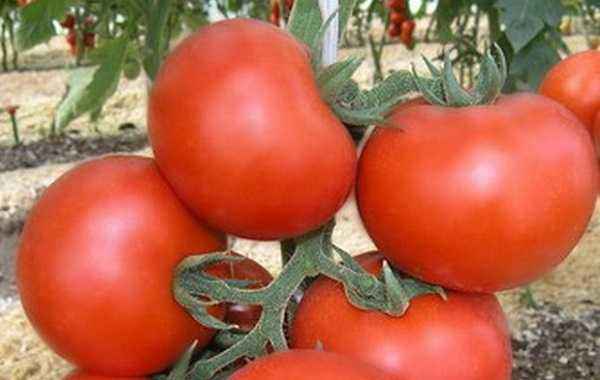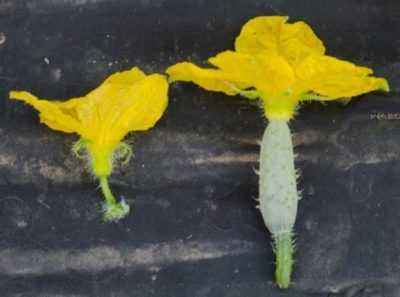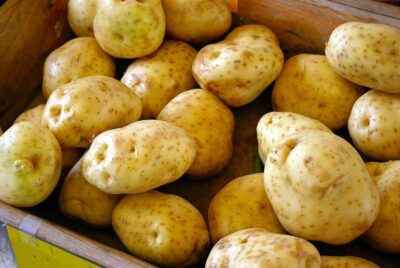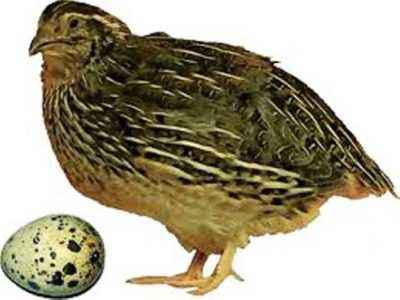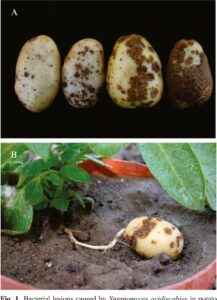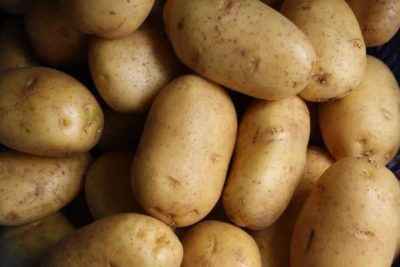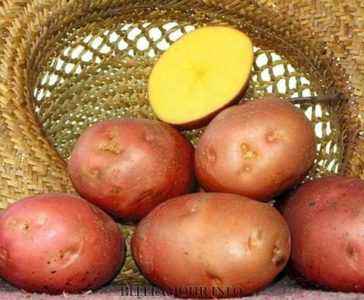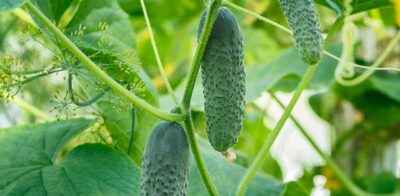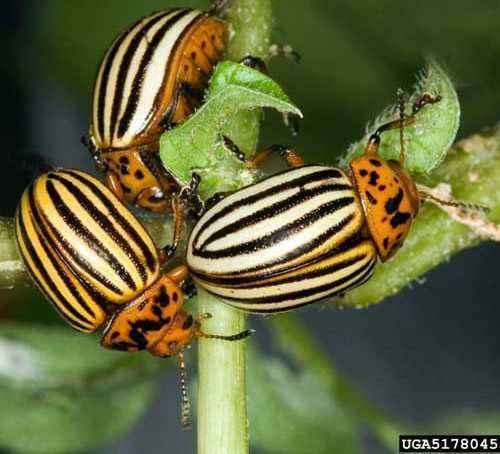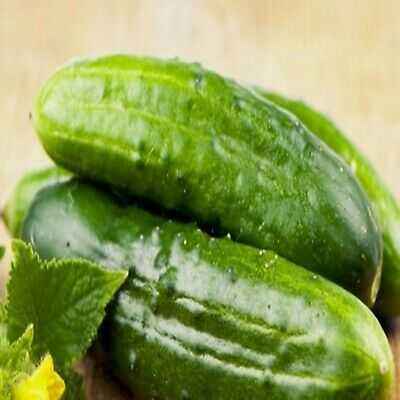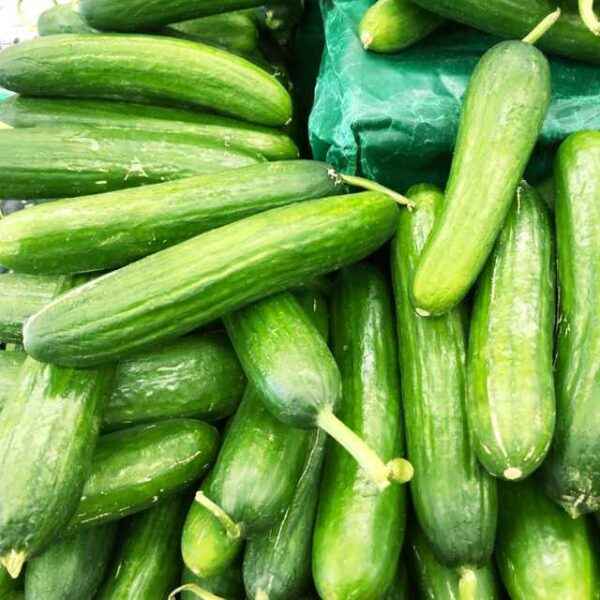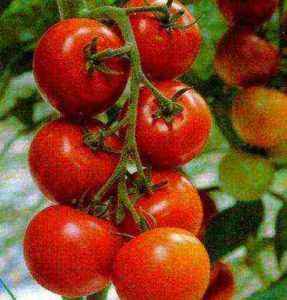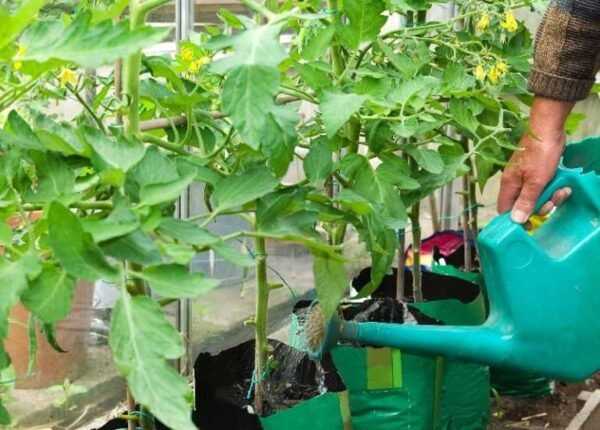Among the varieties of Dutch breeding, loved by Russian gardeners, a special place is occupied by Romano potatoes. It has excellent marketability and is resistant to many diseases.
- Features of the Romano variety
- Advantages and disadvantages of the Romano variety
- Planting Romano potatoes
- Soil preparation
- Planting potatoes Romano
- Caring for potatoes
- Watering and hilling
- Fertilizer <
- Treatment for diseases and pests
- Conclusion

Characteristics of the potato variety Romano
The technology for growing this variety is traditional ionic, but there are several recommendations that will allow you to get the maximum yield of good quality.
Features of the Romano variety
Romano potato variety, according to the description, refers to mid-early, table. 65-80 days elapse from seedling emergence to the technical maturity of root crops.
Romano was included in the State Register of Breeding Achievements back in 1994. This variety is recommended for cultivation in the central and southern regions of Russia, in the Far East. It is suitable both for summer cottages and for growing on an industrial scale.
According to the characteristics, the variety has an upright bush of medium or high size, compact, with abundant green mass. The color of the corolla is red-violet.Tubers of medium size, rounded oval, weight – 80-90 g. Under the bush 8-10 fruits are tied (under favorable conditions – up to 20), small root crops usually do not form. The peel is pink, dense, perfectly protects the potato from damage during harvesting and transportation. Eyes small, medium depth. Light cream flesh.
Universal variety. The starch content is average, 10-13%, so Romano is used to make chips and french fries.
Advantages and disadvantages of the Romano variety
Despite the average yield (harvested from the bush 800-900 g; per hectare – 110-347 c), the variety is popular among gardeners and agricultural enterprises. Description of its merits:
- excellent commercial qualities: flattened tubers, marketability; resistance to damage, the ability to transport over long distances;
- drought resistance; Romano yields crops even in dry summers with moderate watering;
- good keeping quality under normal storage conditions (temperature – 2-5 ° C), tubers are not prone to germination;
- immunity (or medium susceptibility) to many potato diseases.
One of the drawbacks of the variety is heat lovingness, fear of return frosts.
Increasing productivity by creating the most favorable conditions for cultivation makes it beneficial for cultivation in market-oriented farms.
Planting Romano potatoes
Consumer qualities of Romano, its productivity depend on proper agricultural technology. Compliance with simple rules allows you to preserve advantages and minimize disadvantages.
Soil preparation
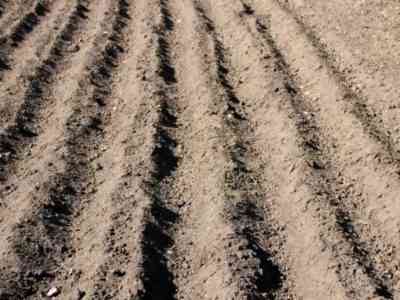
For planting potatoes, select the sunny section
A prerequisite for obtaining a good harvest is the correct choice of the place of planting and soil preparation. Culture loves sunny areas. Potatoes can not be grown in the same place several times in a row: this leads to the spread of diseases. It is undesirable to arrange potato planting next to the beds on which plants of the nightshade family are grown: tomatoes, eggplant, bell pepper.
According to the characteristic, a loose, light, rich in oxygen and minerals, neutral or slightly alkaline reaction is best suited for potatoes the soil.However, it can be grown on any soil subject to several rules:
- acidified soils (usually in waterlogged areas) are deoxidized by scattering dolomite flour, chalk, ash;
- in the autumn they dig it up, to ensure good aeration;
- sandy and sandy loam soils need to increase fertility (in the autumn they bring in organic and inorganic); and heavy clay soils are made lighter by digging with peat, sand, humus;
- in the spring they must be loosened to a depth of 15-20 cm, and heavy loamy soils are again dug up to a depth of 30 cm.
Vegetable growers note the effectiveness of the use of siderates. These are green fertilizers (alfalfa, mustard, peas, etc.) that will improve the characteristics of the soil: make it more loose, enrich it with nitrogen and reduce the number of weeds. In autumn, they sow plots reserved for potatoes, and in the spring they dig them up.
Planting Romano potatoes
You can plant Romano potatoes on a bed when the top layer of soil warms up to a temperature of 15- 20 ° C and there will be no threat of night frost. Depending on the region, this may be April or May. It is not recommended to land in waterlogged soil. If the subsoil waters come close to the surface, make high beds or plant in ridges.
Description of approaches to the selection of seed and its preparation:
- tubers weighing about 50 g are used as seeds (10-20 g of smaller size can also be planted); propagation of this varietal potato is practiced by dividing the tuber (it is cut with a knife dipped in a saturated solution of potassium permanganate into several parts with shoots);
- the seeds are germinated at a temperature of 14-16 ° C in a bright room, periodically moistening; when the sprouts of the violet hue reach 3-5 cm, the material is ready for planting (seeds germinated in a dark room will have white, elongated, less viable sprouts);
- before planting, the tubers are treated with drugs to prevent damage by pests, diseases, growth stimulants.
The holes are laid at a distance of 60-80 cm. When planting, they add humus, wood ash, fertilizers. The depth of embedment also depends on the quality of the soil. The heavier the soil, the smaller the layer of earth should cover the potato (from 8-10 cm to 15-20 cm).
Care for the potato
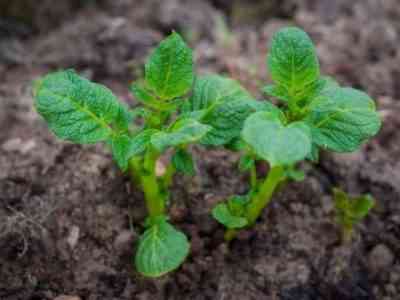
The plants need to be well looked after
Romano’s yield, its consumer qualities depend on timely and high-quality watering, hilling, feeding potatoes
Watering and hilling
The variety is resistant to heat, easily tolerates short-term drought.
During the season, beds are watered at least 2-3 times. Excessively moisten the soil is not recommended. After watering, loosening and removal of weeds is mandatory, this provides oxygen access to the roots of the plants and is one of the preventive measures.
To create favorable conditions for tying tubers, they carry out an earthing up. For Romano, the procedure is done 2-3 times per season. For the first time, young bushes are sprinkled when they have risen 10 cm above the ground. After hilling, abundant watering is carried out. When the stems have grown to 15-20 cm, they add soil again. Previously, the beds are loosened and weeded.
Fertilizer
Potatoes are fed in three stages: after emergence, at the time of bud formation, during flowering, when tubers are set. A complex of organic and inorganic fertilizers is used.
For root dressing use:
- bird droppings (diluted, fermented, in a proportion of 1:10);
- urea ( 1 tablespoon per 10 liters of water);
- mullein (the proportion of fresh manure and water is 1:10, it is fermented and shed between rows);
- herbal infusion (fermented in a barrel weeds with water, it is preferable to use in June);
- mineral fertilizers (a mixture of nitrogen, phosphorus and potash in a ratio of 1: 1: 2, 25 g per 10 liters of water).
During the growing season, usually before the appearance of flowers, p Gadfly foliar fertilizer.The compounds are sprayed on the bush in the evening to prevent burns. For such top dressing, solutions with carbamide, superphosphate, humate, nettle infusion are used.
Treatment against diseases and pests
The advantage of the Romano variety is resistance to viruses A and Yn, cancer, potato nematode, late blight of tubers.
Such immunity provides high marketability and good keeping quality. The only disease this species is susceptible to is scab. It affects mainly tubers, the lower part of the stem and root. Taste is deteriorating, shelf life is shortened, planting material is spoiling.
Preventive measures include crop rotation, planting green manure, and abundant watering from the moment the tubers are set until reaching 2-3 cm in diameter. Mowing the tops 2 weeks before harvesting will help protect the tubers from late blight and scab.
Another method of controlling diseases is to increase the defenses of plants. For this I use nitrogen and phosphorus fertilizers (ammonium sulfate, superphosphate), preparations containing trace elements: copper, manganese, magnesium, boron, cobalt.
Conclusion
Romano potatoes will please the owners with the quality of the crop. Beautiful smooth tubers that are well preserved until spring are well sold on the market.
Romano has many advantages, thanks to which it has been successfully cultivated by gardeners and gardeners for more than 20 years.
